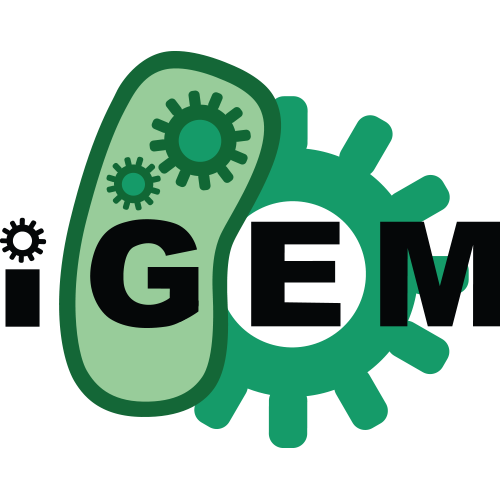Source:
Generated By: https://synbiohub.org/public/igem/igem2sbol/1
Created by: Claudia Ivonne Hernandez Armenta
Date created: 2010-10-20 11:00:00
Date modified: 2015-05-08 01:12:12
RBS + cI inverter + GFP
| Types | DnaRegion |
| Roles | engineered_region Intermediate |
| Sequences | BBa_K360024_sequence (Version 1) |
Description
This photoreceptor was assembled by Strickland et al., and consists of a LOV (light-oxygen-voltage) domain of Avena sativa phototropin1 (AsLOV2)that senses blue light, fused to the trpR- DNA binding domain of the transcription factor trp repressor. The resulting protein is called LovTAP: LOV- and tryptophan-activated protein.LOV domains bind a flavin-mononucleotide (FMN) or flavin-adenine-dinucleotide (FAD) cofactor, which are used in a wide variety of metabolic pathways as cofactors in redox reactions and are available in most organisms. The cofactor has a broad absorption spectrum, with a maximum at 450 nm. Besides, the core of the LOV domain is often flanked by amino- or carboxy-terminal helices, termed Aa and Ja, respectively.
In the LovTAP construction, AsLOV2 domain via its carboxyl-terminal Ja ???helix was ligated to an amino-terminal truncation of TrpR.
The resulting protein has a domain-domain overlap with a shared helix. Thus, photoexcitation would change the conformation of the protein, in turn changing the stability of the shared-helix-domain contacts.
Under the presence of light, absorption of a photon leads to the formation of a covalent adduct between the flavin mononucleotide (FMN) cofactor and a conserved cysteine residue in the AsLOV2 domain, which results in conformational rearrangements in LovTAP. This change impacts the affinity of the shared helix for the two domains: disrupting the contacts between the shared helix and the LOV domain and enabling the association of the shared helix with the TrpR domain, which establishes DNA-binding affinity and LovTAP can then bind DNA as an homodimer,repressing the transcription of the genes downstream of its binding sites.
In the dark, when the shared helix contacts the LOV domain,the TrpR domain's DNA-binding affinity decreases and LovTAP is in an inactive conformation.
Notes
We decided to synthesize a new LovTap part, that in comparison with the Part:BBa_K191006 [1] that is already at the registry, has the following differences:1.The 2 PstI restriction sites were removed from the coding region of LovTap.
2.We included a punctual mutation to change the ILE427 by a PHE427, as was proposed by the model results of the team iGEM09_EPF-Lausanne [2]. With this mutation LovTAP should react faster and the conformational change should be more stable (the protein stays in the active form for longer, under light induction).
The reason of the conformational change is the following:
Cys450 side chain is involved in light state in bond formation with the cofactor. Cys450 can assume two conformational states, called here ON and OFF, and corresponding respectively, to the Sg being near or far from FMN[2].
The isoleucine 427 is quite big. But not enough to push the cystein's side chain significantly toward the cofactor. So we choose to replace this ILE427 by an PHE427, an amino acid which is much bigger and have more or less the same propreties than the ILE[2].
3. The stop codon tga was changed for two taa.
Source
LovTAP was assembled in the following article:Strickland, D., Moffat, K., and Sosnick, T. (2008). Light-activated DNA binding in a designed allosteric protein. Proceedings of the National Academy of Sciences, 105(31), 10709. National Acad Sciences. Retrieved from http://www.pnas.org/content/105/31/10709.full.
| Access | Instance | Definition |
| public public | BBa_P0451 BBa_K098991 | BBa_P0451 BBa_K098991 |
| Sequence Annotation | Location | Component / Role(s) |
| BBa_P0451 BBa_K098991 | 1,930 939,1871 | BBa_P0451 BBa_K098991 |
